
We’ve heard about it, we’ve seen it on flyers, but what does Honda SENSING, the brand’s very own safety suite, really do? “Safety For Everyone” has become its global (safety) concept, and in a world where accidents are part and parcel of motoring and driving, intelligent technology has been tapped to be part of this driver-assist system that can pave the way for roads being safely shared not just by automobiles and motorcycles, but by everyone.
6 Main Features of Honda SENSING
Table of Contents
Adaptive Cruise Control (ACC)
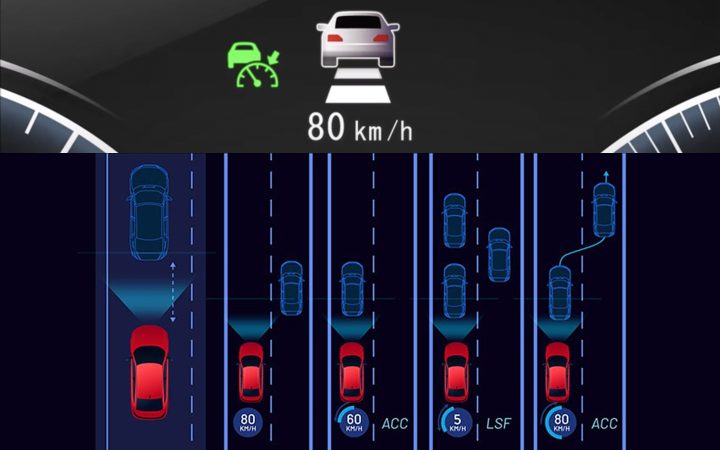
Photo: Honda
The Honda SENSING safety suite includes Adaptive Cruise Control (ACC), and by using cameras and sensors, allows your Honda vehicle to maintain speed while keeping a safe distance from the car in front. Some Honda models one-up this feature with the addition of Low Speed Follow (LSF). When forced to lower your speed to “crawling” levels, LSF keeps an eye on the vehicle in front and keeps pace with its speed without needing to stop. Of course, if you do need to come to a complete stop, it’s advised to use driver intervention, AKA, step on the brakes.
Once LSF determines that you are speeding up, the ACC again kicks in and, given a safe distance, will engage to your set cruise control speed.
*LSF is a standard Honda SENSING feature in the Honda Civic, HR-V, CR-V, and Type R
Collision Mitigation Braking System (CMBS)
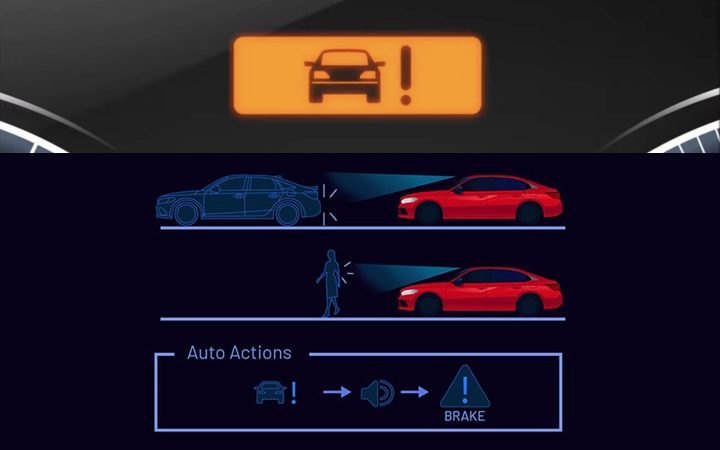
Photo: Honda
Honda SENSING wants to realize a collision-free society, and it is expected to have a feature that directly works to avoid collisions, right? The Collision Mitigation Braking System (CMBS) is just that.
Employing the same camera and sensor technology, the CMBS of Honda Sensing alerts the driver of an impending collision, taking into account the distance and gap with the object in front, as well as the vehicle’s speed. An icon on the gauge cluster flashes and an audible warning will sound off should the “threat” of a collision be detected and in the most extreme case – or need – the vehicle applies the brakes automatically.
It does have the words “Mitigation” and “Braking” in its name, after all.
Lane Keeping Assist System (LKAS)
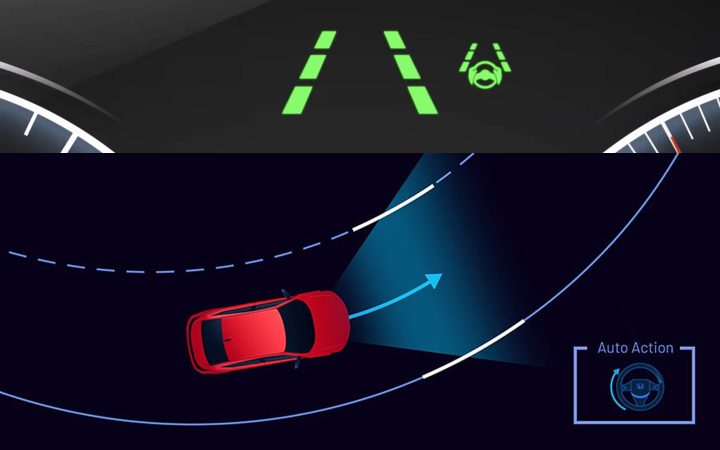
Photo: Honda
Straddling the middle of two lanes is also being addressed by Honda SENSING with its Lane Keeping Assist System (LKAS). As the name implies, the system guides to vehicle to keep to – and within – its lane. Given clearly visible lines painted on the road, the camera “sees” these lines and provides steering wheel input so as not to stray outside.
As Honda describes it, LKAS “keeps the vehicle at the center of the visible road lanes and in the best driving position as it guides you to follow the flow of the road”.
Road Departure Mitigation (RDM) with Lane Departure Warning (LDW)
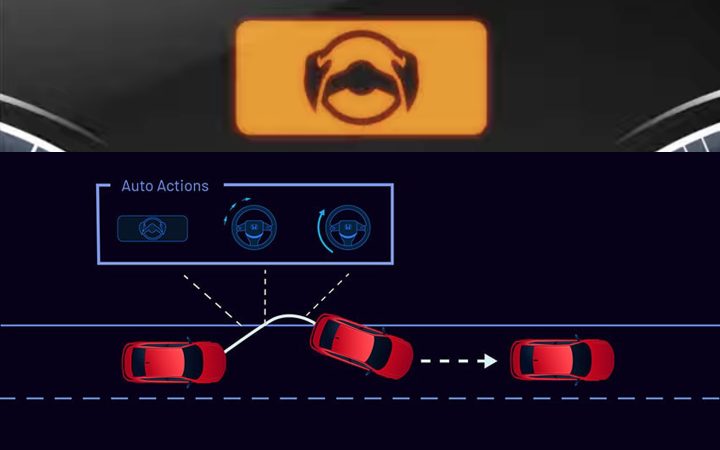
Photo: Honda
In the event that the vehicle swerves out of its proper lane without proper signaling, the Road Departure Mitigation (RDM) feature of Honda SENSING kicks into action. Operating on the same principle as LKAS, any sudden or untoward veering outside of one’s own lane will give off an audible and visual Lane Departure Warning (LDW), and to help avoid a potential collision, RDW will take control of the steering wheel in an effort to correct the vehicle’s line (or lane) and trajectory.
Take note that this applies to “exiting” lanes or when the vehicle strays too close to other obstacles such as the sidewalk or pavement.
Auto High Beam (AHB)
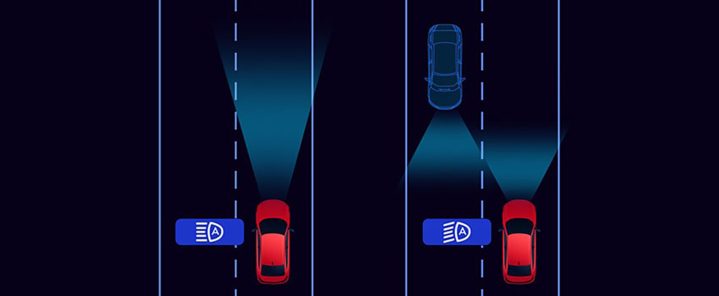
Photo: Honda
We all know how “painful” and potentially dangerous it is to have an oncoming vehicle’s headlights on high right in our face. Honda SENSING also saw fit to address this with the Auto High Beam (AHB) function. With it, the headlights can be turned on high, and should the vehicle’s cameras and sensors detect an oncoming vehicle, the beam is automatically lowered to avoid blinding the other motorist.
Specifically for the 2024 CR-V RS e:HEV variant, it comes equipped with what Honda calls the Adaptive Driving Beam (ADB) which they describe as “an intelligent LED headlight that helps enhance visibility as well as adjusting the height of the light beam to avoid dazzling the car in front and pedestrians”.
Lead Car Departure Notification (LCDN)

Photo: Honda
Sometimes, we would find ourselves distracted, especially when at a standstill. There is a potential danger in staying stopped with the vehicle in front has already moved, and Honda SENSING has also put in a feature that would alert us of this, specifically. When SENSING “sees” that the vehicle ahead of us has already moved forward, the Lead Car Departure Warning (LCDW) gives off an alert for us to refocus on driving and keep our eyes ahead and on the road.
That way, we can avoid the barrage of car horns of many impatient drivers waiting behind us, a case that is very common in the Philippines. But if you weren’t made aware that you can already move, you can’t really blame them for being honked at, yes?
–
It all seems pretty simple, and some even trivial, but the aggregation of these features all rolled into Honda SENSING does make a lot of sense. From starting, being in the middle of driving, steering, and stopping, SENSING has something to help aid the driver in being “better” by raising awareness and providing additional input all in the name of avoiding an accident.
Of course, nothing beats a driver’s well-honed instincts, unbroken focus, and common sense when trying to avoid a collision. But despite that, there are some things beyond our control that may lead to a fender-bender, or worse. And that’s what makes SENSING a valuable addition to a Honda or any vehicle (as far as safety suites and systems are concerned) when you’re looking to buy one.
From efficiency, technology and convenience, and most importantly safety, Honda does have you covered.


